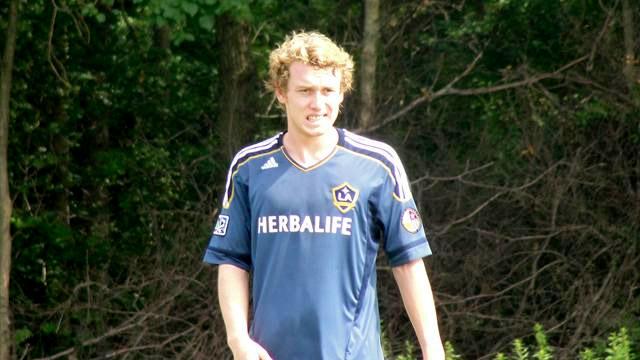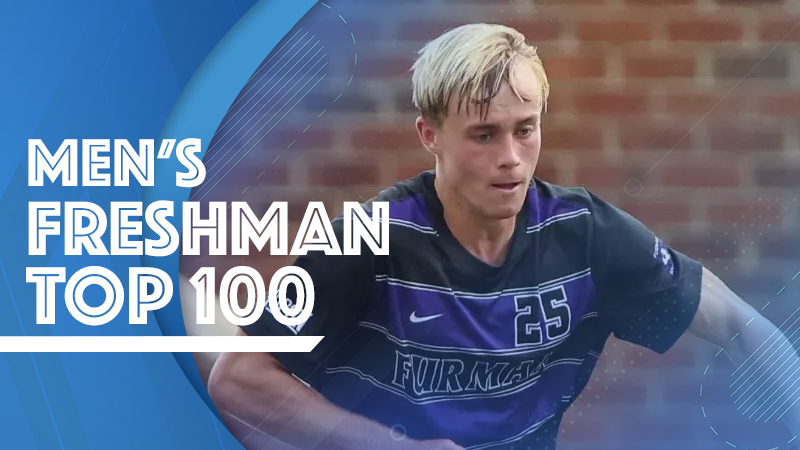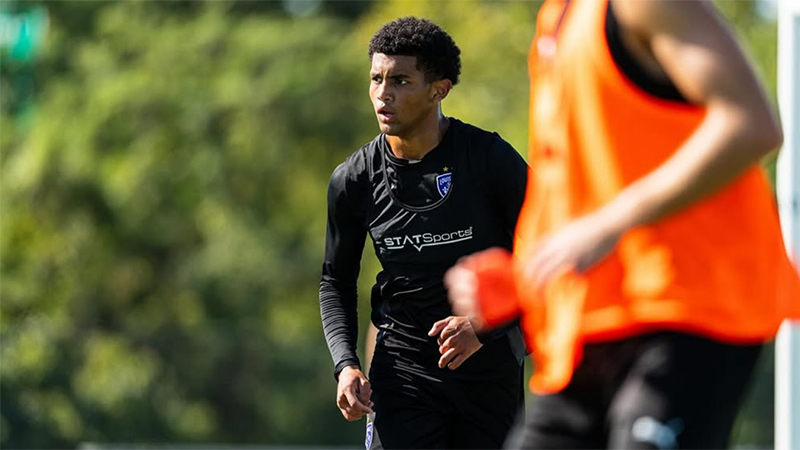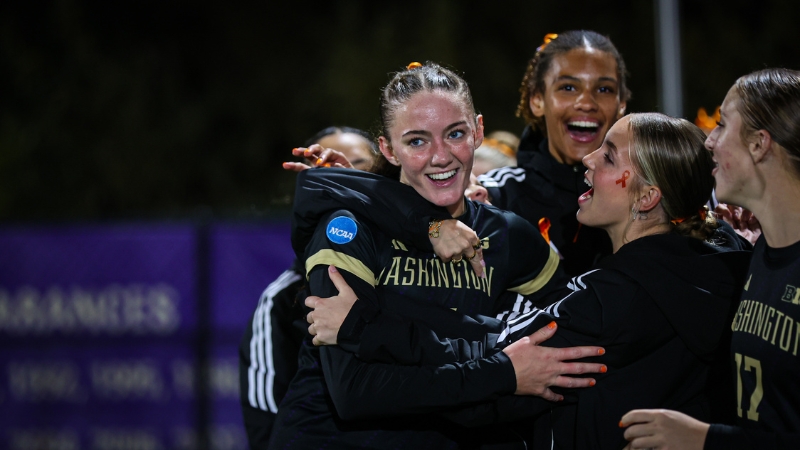 Home Grown Player Jimmy McLaughlin
Home Grown Player Jimmy McLaughlinMLS' Home Grown rule is not for your eyes

February 8, 2012
One paragraph – that is all the space that is devoted to the MLS Home Grown rule on the league’s official website. It is four lines and it is intended to spell out how an amateur player can migrate from the Academy to a professional contract.
“A club may sign a player to his first professional contract without subjecting him to the MLS SuperDraft if the player has trained for at least one year in the club’s youth development program and has met League criteria. Players joining MLS through this mechanism are known as Home Grown Players.
There is no limit to the number of Home Grown Players a club may sign in a given year.”
It seems so simple, yet the process is so complex.
 Home Grown Player Jimmy McLaughlin
Home Grown Player Jimmy McLaughlinAnd it was three years ago when Los Angeles Galaxy’s Tristan Bowen inked the first ever MLS Home Grown contract with the league. Since that point, the fragile framework of the MLS Home Grown rule began to take shape.
“I think, out of necessity, a lot of the rules in place right now are best guesses, because literally they were being vapid at a time when most teams did not have Academies,” said Lagerwey. “And if you are going to try to write rules for things that don’t exist, I think it is pretty normal those things will evolve over time.”
That does not guarantee clarity, but the thought process behind the Home Grown rule has advanced from an afterthought to a point of focus where the league has taken the time to spell out some of the details for the future.
“The MLS player competition committee had a meeting this year because they need to make these rules transparent to all teams,” Agent Michael Wheeler, who has negotiated a Home Grown contract, told TopDrawerSoccer.com recently.
Lagerwey did not want to speculate on the direction that the rules would take heading into the new season.
“It has been many meetings over a couple years now as to how we, on the technical side, think stuff should evolve,” said Lagerwey. “The league has taken our advice under advisement, and they will make their decisions. They’ll let us know how they come out, but I think it is impossible to guess how those will shake out.”
While Wheeler added, unsurprisingly, that the rules sent to MLS teams identify the requirements of the Home Grown deal in more specifics than the one on the MLS website.
Part of the particulars of the rule that is not addressed on the league website, but both Wheeler and Lagerwey discussed is the player identification lists. Each MLS team has a list for U23, U18, U16, and U14, which includes 18-20 players in each age group.
“You can put them on the list, but that is just a placeholder, and for the sake of clarity, to let everyone know that this kid is part of our program,” said Lagerwey. “But he is not eligible until he completes the training, which is effectively a year – the exact wording is 80 training days, which includes games, practices, and team functions.”
For RSL, which does not have a U14 team at its residency program in Arizona, the list is currently blank at the youngest age group. RSL is attached to a youth club in Florida, but Lagerway said those players could not be included on the list because the club is outside RSL’s territories [Utah and Arizona].
“The official RSL program is the one in Arizona so the kids who are there are the ones on the list for U16 and U18,” said Lagerwey. “MLS teams are now starting to add U14 age groups and that is something we hope to do in the near future.”
Read part two of the feature on the MLS Home Grown rule: HERE
Headlines
- Recruiting Roundup: December 22-January 4
- How Do I Get Scouted by TopDrawerSoccer?
- 2026 Women's Division I Transfer Tracker
- Men's College Postseason Top 100 Freshmen
- Vote for Women's College Soccer Best Goal
-
Player Rankings Spotlight: 2027 Boys

- 2026 Women's DI International Signees
- Men's College Postseason Top 100
- Vote for Men's College Soccer Best Goal
- Club Soccer Player Rankings: Girls 2027
Top 200/150 Club Player Rankings



